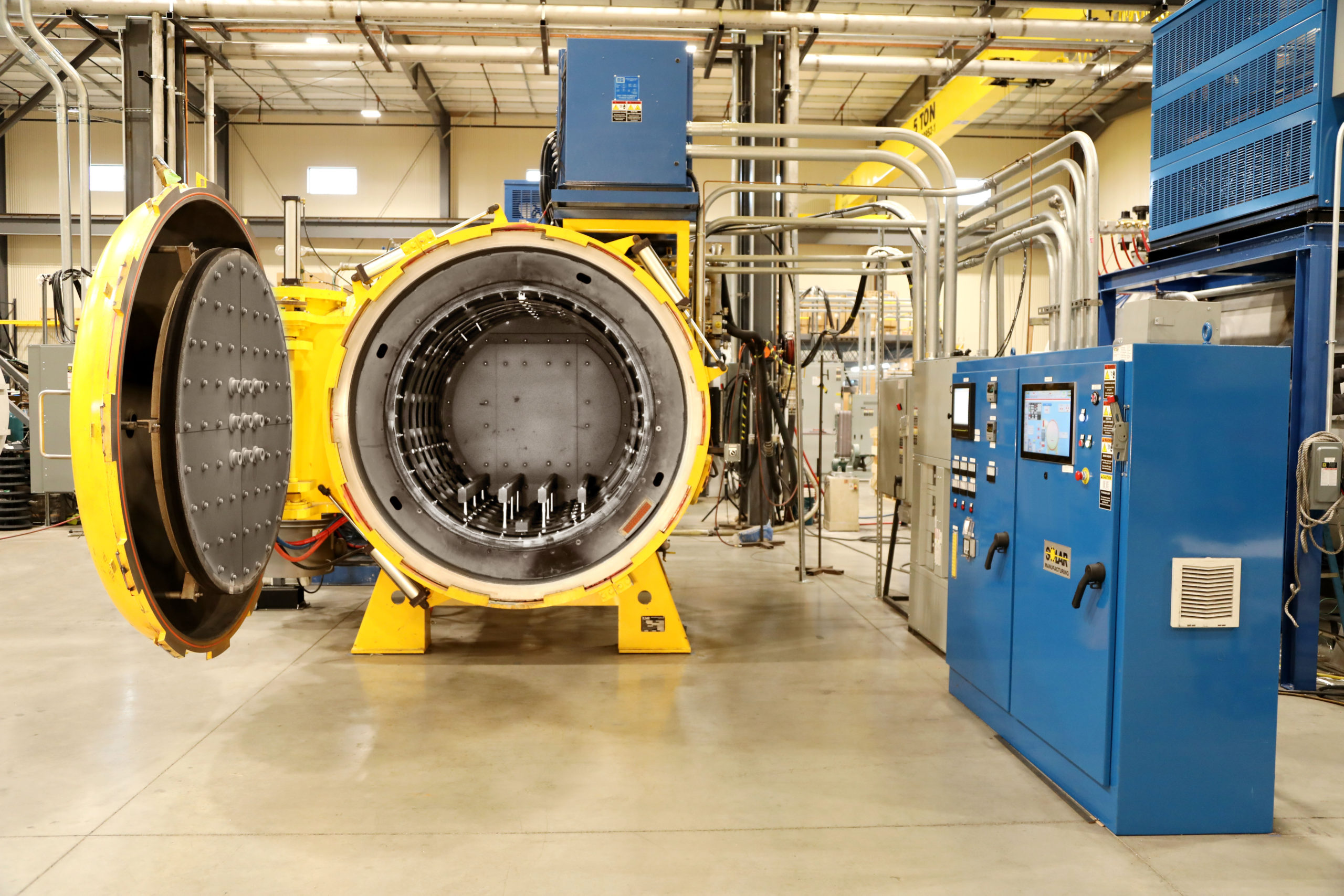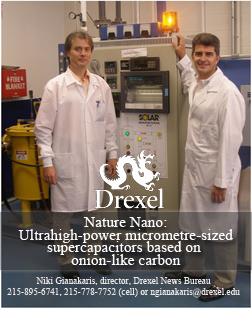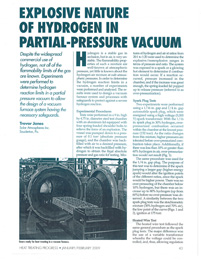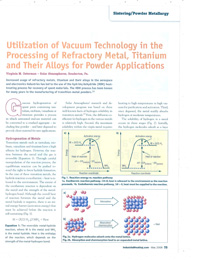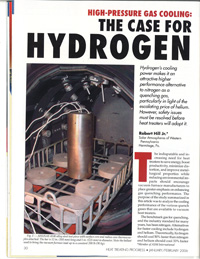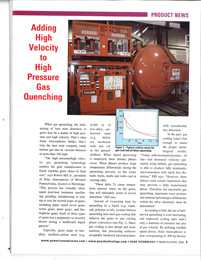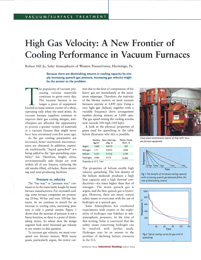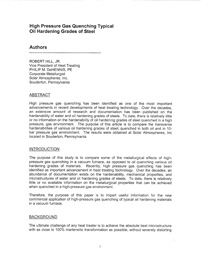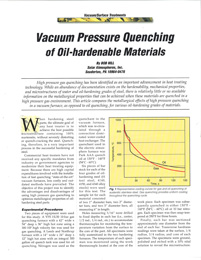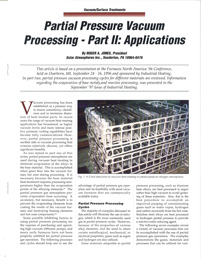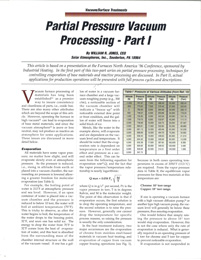CALL: 267-384-5040
Vacuum Heat Treating
Nature Nano: Ultrahigh-power micrometre-sized supercapacitors based on onion-like carbon
Electrochemical capacitors, also called supercapacitors, store energy in two closely spaced layers with opposing charges, and are used to power hybrid electric vehicles, portable electronic equipment and other devices. By offering fast charging and discharging rates, and the ability to sustain millions of cycles2–5, electrochemical capacitors bridge the gap between batteries, which offer high energy densities but are slow, and conventional electrolytic capacitors, which are fast but have low energy densities. Here, we demonstrate microsupercapacitors with powers per volume that are comparable to electrolytic capacitors, capacitances that are four orders of magnitude higher, and energies per volume that are an order of magnitude higher. We also measured discharge rates of up to 200 V s21, which is three orders of magnitude higher than conventional supercapacitors. The microsupercapacitors are produced by the electrophoretic deposition of a several-micrometre-thick layer of nanostructured carbon onions6,7 with diameters of 6–7 nm. Integration of these nanoparticles in a microdevice with a high surface-to-volume ratio, without the use of organic binders and polymer separators, improves performance because of the ease with which ions can access the active material. Increasing the energy density and discharge rates of supercapacitors will enable them to compete with batteries and conventional electrolytic capacitors in a number of applications.
Explosive Nature of Hydrogen in Partial-Pressure Vacuum
Despite the widespread commercial use of hydrogen, not all of the flammability limits of the gas are known. Experiments were performed to determine hydrogen reaction limits in a partial pressure vacuum to allow the design of a vacuum furnace system having the necessary safeguar
Utilization of Vacuum Technology in the Processing of Refractory Metal, Titanium and their Alloys for Powder Applications
Increased usage of refractory metals, titanium and their alloys in the aerospace and electronics industries has led to the use of the hydride/dehydride (HDH) heat treating process for recovery of spent materials. The HDH process has been known for many years in the manufacturing of transition-metal powders.
High-Pressure Gas Cooling: the Case for Hydrogen
Hydrogen’s cooling power makes it an attractive higher performance alternative to nitrogen as a quenching gas, particularly in light of escalating price of helium. However, safety issues must be resolved before heat treaters will adopt it.
Adding High Velocity to High Pressure Gas Quenching
When gas quenching, the minimizing of heat treat distortion is gears may be a matter of high pressure and high velocity. That’s what Solar Atmospheres thinks, that’s why the heat treat company sends helium gas into its vacuum furnaces at more than 100mph.
High Gas Velocity: A New Frontier of Cooling Performance in Vacuum Furnaces
Because there are diminishing returns in cooling capacity by simply increasing quench-gas pressure, increasing gas velocity might be the answer to the problem.
High Pressure Gas Quenching Typical Oil Hardening Grades of Steel
High pressure gas quenching has been identified as one of the most important advancements in recent developments of heat treating technology. Over the decades, an extensive amount of research and documentation has been published on the hardenability of water and oil hardening grades of steels. To date, there is relatively little or no information on the hardenability of oil hardening grades of steel quenched in a high pressure, gas environment.
Vacuum Pressure Quenching of Oil-Hardenable Materials
High pressure gas quenching has been identified as an important advancement in heat treating technology. While an abundance of docume ntation exists on the hardenability, mechanical properties, and microstructures of water and oil-hardening grades of steel, there is relatively little or no available information on the metallurgical properties that can be achieved when these materials are quenched in a high pressure gas environment.
Partial Pressure Vacuum Processing – Part II: Applications
This article is based on a presentation at the Furnaces North America ’96 Conference, held in Dearborn, MI, September 24-26, 1996 and sponsored by Industrial Heating. In part two, partial pressure vacuum processing cycles for different materials are reviewed. Information regarding the evaporation of base metals and reactive processing was presented in the September ’97 issue of Industrial Heating.
Partial Pressure Vacuum Processing – Part I
This article is based on a presentation at the Furnaces North America ’96 Conference, sponsored by Industrial Heating. In the first part of this two-part series on partial pressure processing, techniques for controlling evaporation of base materials and reactive processing are discussed. In Part II, actual applications for production operations will be presented with full process cycles and descriptions.

